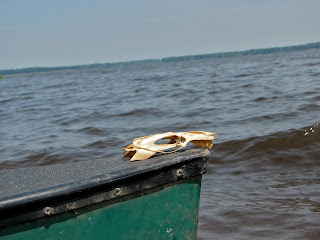Monday Lesson 2012 (topics to be expanded on as the week continues)
Image Quality:
- The image quality is indicated in megapixels.
- This number is determined by multiplying the number of pixels in the height of the image by the number of pixels in the width.
- Always set the camera for the highest quality. (L for Large or Fine and we recommend that you pick the Large choice that is the smooth curve because that will be even less pixelated. To find this setting go to your Menu and "Quality" or "Image Quality" should be one of your options.)
| Original Website Location |
Low Light Example
| Original Website Location |
| Original Website Location |
- The ISO number indicates how quickly the sensor will react to the lighting.
- When the ISO setting is lower (100), more light is necessary with a longer exposure.
- When the ISO setting is higher (1600), less light is necessary with a shorter exposure. As the ISO number increases, the image will appear more "grainy" or "noisy".
| Original Website Location |
- White balance should be adjusted so that you get the most accurate colors for your environment as possible. Different kids of lights have different colors and you need to compensate for those variables in your photography.
Exposure Modes:
| Original Website Location |
| Original Website Location |
- TV (time variable) Stopping motion or blurring motion is best done using the TV mode.
- Stop Action (fast shutter speed ex: 1/800)
- Blurred Motion (slow shutter speed ex)1/5)
- AV (aperture) This controls your depth of field
- Manual -You adjust the shutter speed and f-stop
- The B setting (bulb) is located in the M mode after the longest shutter speed. The shutter will stay open as long as the shutter release button is held down. This setting is used for time exposures.
- 1/1000 1/500 1/250 1/125 1/60
- 1/30 1/15 1/8 1/4 1/2 1" 2" 4" 8" 15" 30" B
- A tripod should be used when the shutter speed is a smaller number than the focal length of the lens. For example, 50mm lens should not use a shutter speed slower than a 1/60 to prevent camera motion.
| original website location |
| Original website location |
- f22 f16 f11 f8 f5.6 f4 f2.8 f2 f1.4
- The larger the f-stop number, the smaller the opening. On digital cameras there are also "half" settings for both the shutter speeds and f-stops.
- The smaller the number is the shorter your depth-of-field is. As in, you will focus closer to the camera. The larger the number the further your depth-of-field is. As in, you will focus further away from your camera.
| Original Website Location |
| Original Website Location |
- You want to set your exposure to the middle (o) or even a couple stops below. Generally it is better to be slightly underexposed than risk being over exposed and losing data. You can lighten up dark areas but you cannot darken up white. The goal is to have detail in the white areas as well.
- There can be a cord that goes from your camera to your computer.
- There can use a card reader
- When you connect your camera or card to your computer you will often see a prompt that says "open files in folder".
- You can click this and you will see all of your images
- You can click "Edit" - "Select All" - "Copy" and then open your desktop folder and hit "Edit" - "Paste".
- Your pictures will now be on your desktop









